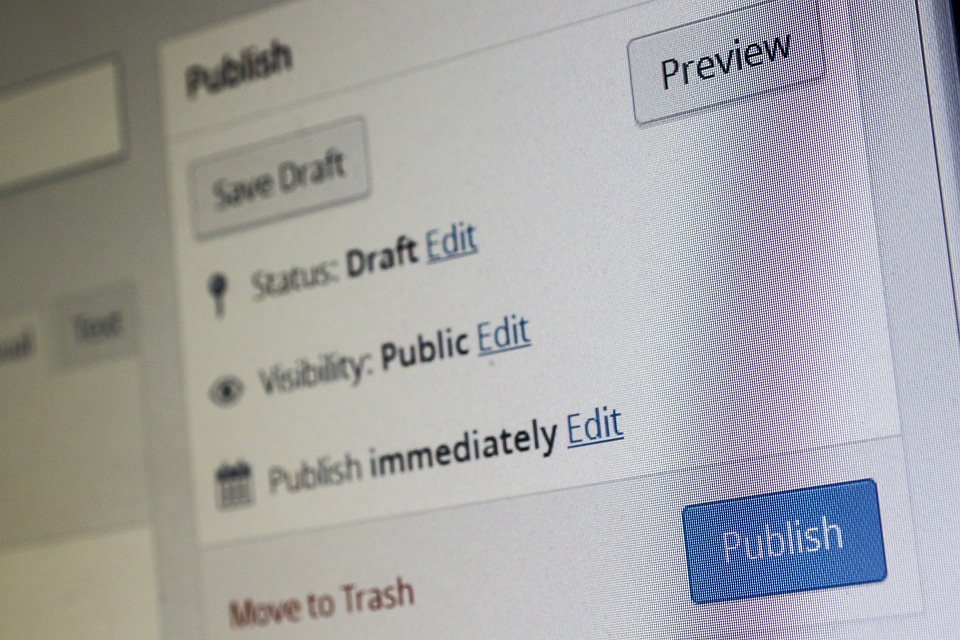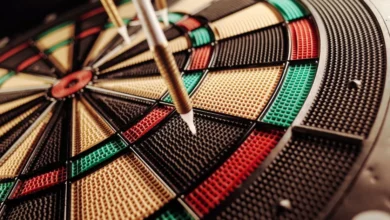**The Ultimate Guide to Creating a High-Impact Content Marketing Funnel**

Creating a high-impact content marketing funnel is essential for businesses seeking to attract, engage, and convert potential customers. By understanding the stages of a content marketing funnel and implementing effective strategies at each stage, you can guide prospects through a seamless customer journey. This guide will walk you through each step of creating a content marketing funnel that drives results, from awareness to advocacy.
Understanding the Content Marketing Funnel
Before diving into the specifics of creating your funnel, it’s crucial to understand what a content marketing funnel is and how it works. Essentially, a content marketing funnel is a strategic model used to guide potential customers through their buying journey. It consists of several stages, each designed to move prospects closer to making a purchase.
Stages of the Content Marketing Funnel
The content marketing funnel is typically divided into three main stages:
1. Awareness
This is the top of the funnel, where potential customers first become aware of your brand and offerings. The goal is to attract as many prospects as possible by providing valuable, informative, and engaging content that addresses their needs or problems.
2. Consideration
In this middle stage, prospects are evaluating their options and considering different solutions. The focus here is to nurture relationships by providing content that educates and persuades them of the value of your products or services.
3. Decision
At the bottom of the funnel, prospects are ready to make a purchase decision. Your goal is to convert them into paying customers by offering compelling reasons to choose your brand over competitors.
Building Your High-Impact Content Marketing Funnel
Creating a high-impact content marketing funnel involves several key steps. By strategically crafting and distributing content for each stage, you can effectively guide prospects through the funnel and maximize conversions.
Step 1: Define Your Target Audience
Before you can create effective content, you need to understand who you’re targeting. Define your ideal customer personas, including demographics, interests, pain points, and preferences. This information will help you tailor your content to resonate with your audience at each stage of the funnel.
Step 2: Map Out the Customer Journey
Once you’ve identified your target audience, map out their typical customer journey. Consider the steps they take from becoming aware of your brand to making a purchase and beyond. This will help you identify opportunities to engage them with relevant content at each stage.
Step 3: Create Content for Each Stage
With your customer journey in mind, create content that aligns with the different stages of the funnel.
Awareness Stage Content
– **Blog Posts**: Write informative and engaging articles that address common problems or questions your audience has.
– **Social Media Posts**: Share insightful content and engage with your audience on platforms they frequent.
– **Infographics**: Create visually appealing graphics that simplify complex topics.
Consideration Stage Content
– **Ebooks/Whitepapers**: Offer in-depth resources that provide valuable insights and solutions.
– **Case Studies**: Showcase real-life examples of how your products or services have helped others.
– **Webinars**: Host live or recorded sessions to educate and engage your audience.
Decision Stage Content
– **Product Demos**: Offer demonstrations that highlight the features and benefits of your offerings.
– **Testimonials**: Share customer reviews and success stories to build trust and credibility.
– **Discounts/Offers**: Provide special promotions to incentivize purchase decisions.
Step 4: Distribute and Promote Your Content
Creating great content is only part of the equation. You also need to ensure it reaches your target audience. Use a mix of organic and paid distribution channels to promote your content effectively.
Organic Distribution
– **SEO**: Optimize your content for search engines to increase visibility and attract organic traffic.
– **Email Marketing**: Send targeted campaigns to nurture leads and encourage engagement.
– **Social Media**: Leverage platforms like LinkedIn, Facebook, and Instagram to reach your audience.
Paid Promotion
– **Pay-Per-Click (PPC) Advertising**: Use Google Ads or social media ads to boost visibility and drive traffic.
– **Sponsored Content**: Partner with industry publications or influencers to reach a broader audience.
Step 5: Analyze and Optimize Your Funnel
Regularly analyze the performance of your content marketing funnel to identify areas for improvement. Use analytics tools to track key metrics such as conversion rates, engagement levels, and traffic sources. Based on your findings, make data-driven adjustments to optimize your funnel for better results.
FAQs: Common Questions About Content Marketing Funnels
What is a content marketing funnel?
A content marketing funnel is a strategic model that guides potential customers through their buying journey, from awareness to advocacy. It involves creating and distributing content tailored to each stage of the funnel to attract, engage, and convert prospects.
Why is a content marketing funnel important?
A well-designed content marketing funnel helps businesses build relationships with prospects, nurture leads, and ultimately drive conversions. It ensures that your content is strategically aligned with the needs and preferences of your target audience at each stage of their journey.
How do I measure the success of my content marketing funnel?
Measure the success of your content marketing funnel by tracking key performance metrics such as conversion rates, engagement levels, and traffic sources. Use analytics tools to gain insights into how prospects are interacting with your content and identify areas for optimization.
What types of content work best for each stage of the funnel?
– **Awareness Stage**: Blog posts, social media posts, infographics.
– **Consideration Stage**: Ebooks, whitepapers, case studies, webinars.
– **Decision Stage**: Product demos, testimonials, discounts/offers.
How can I optimize my content marketing funnel?
Regularly analyze your funnel’s performance using analytics tools, and make data-driven adjustments. Optimize your content for SEO, test different distribution channels, and refine your messaging to better resonate with your audience.
By following this ultimate guide, you’ll be well-equipped to create a high-impact content marketing funnel that effectively attracts, engages, and converts your target audience. Remember to continuously analyze and optimize your funnel for maximum results, ensuring that your content remains relevant and impactful at every stage of the customer journey.



